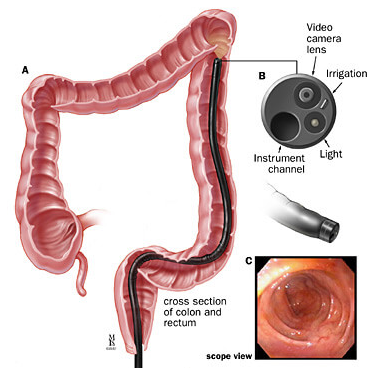SIGMOIDOSCOPY
The sigmoid colon, or bottom portion of your big intestine, is examined with a sigmoidoscopy, a diagnostic procedure. Your rectum and anus are located near to this area of your colon. The following symptoms can be diagnosed with a sigmoidoscopy: a case of diarrhoea. stomach ache.


A skilled medical practitioner performs sigmoidoscopy, which takes no more than 20 minutes to accomplish. The sigmoidoscope will be inserted by the doctor through the anus into your rectum and advanced toward the sigmoid colon, the exterior portion of the colon. To have a better view of the colon’s and the rectum’s lining, they will introduce air into the colon. The scope is carefully withdrew and the inner lining is inspected again after it reaches the transverse colon, which is the preceding section of the colon.
The flexible sigmoidoscopy removes any polyps that may be present, and the sigmoidoscope is used to obtain tissue if it is required for additional testing. Following the surgery, the doctor will provide you with a list of safety precautions and discuss any immediate results.
Using this technique, your gastroenterologist will be able to determine the origins of symptoms like:
ulcers
bleeding in the anus
erratic bowel movements
Crohn’s disease
It can also be used as a colon and rectal cancer screening tool. The flexible sigmoidoscopy treatment is more advised for a speedy diagnosis because it does not require passing the entire colon, barring any unusual circumstances. It also does not require anesthetic. To have a better understanding of the problem you are experiencing, a colonoscopy would be the next step if even the smallest anomaly is found during the exam.
Preparation :
You should speak with your doctor and let them know about all of your medications, including over-the-counter medications. You also need to do as the gastroenterologist advises in order to clear your intestines, which may involve using laxatives or a liquid diet.
